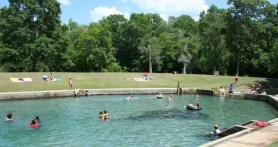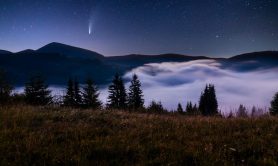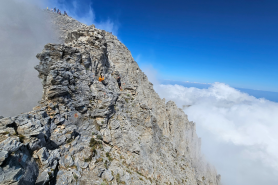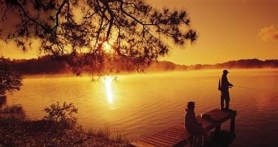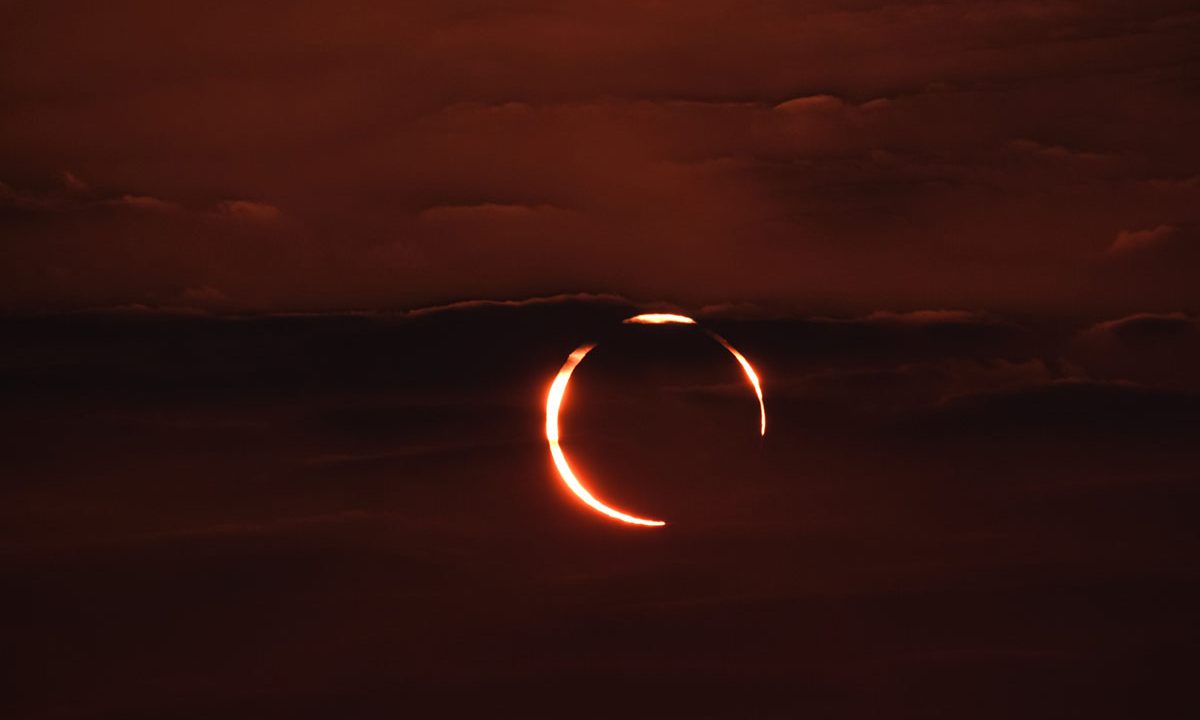

The annular solar eclipse on October 14, 2023 will begin in the United States at 9:13 a.m. PDT at Reedsport, Oregon and end in the area of Corpus Christi, Texas at 1:38 p.m. CDT. The last annular solar eclipse to hit the United States was a partial eclipse on the East Coast on June 10, 2021, and the next one won’t be until January 26, 2028.
Videos by Outdoors with Bear Grylls
If you want to take advantage of this unique opportunity to get outdoors, here’s what you need to know.
What Is an Annular Solar Eclipse?
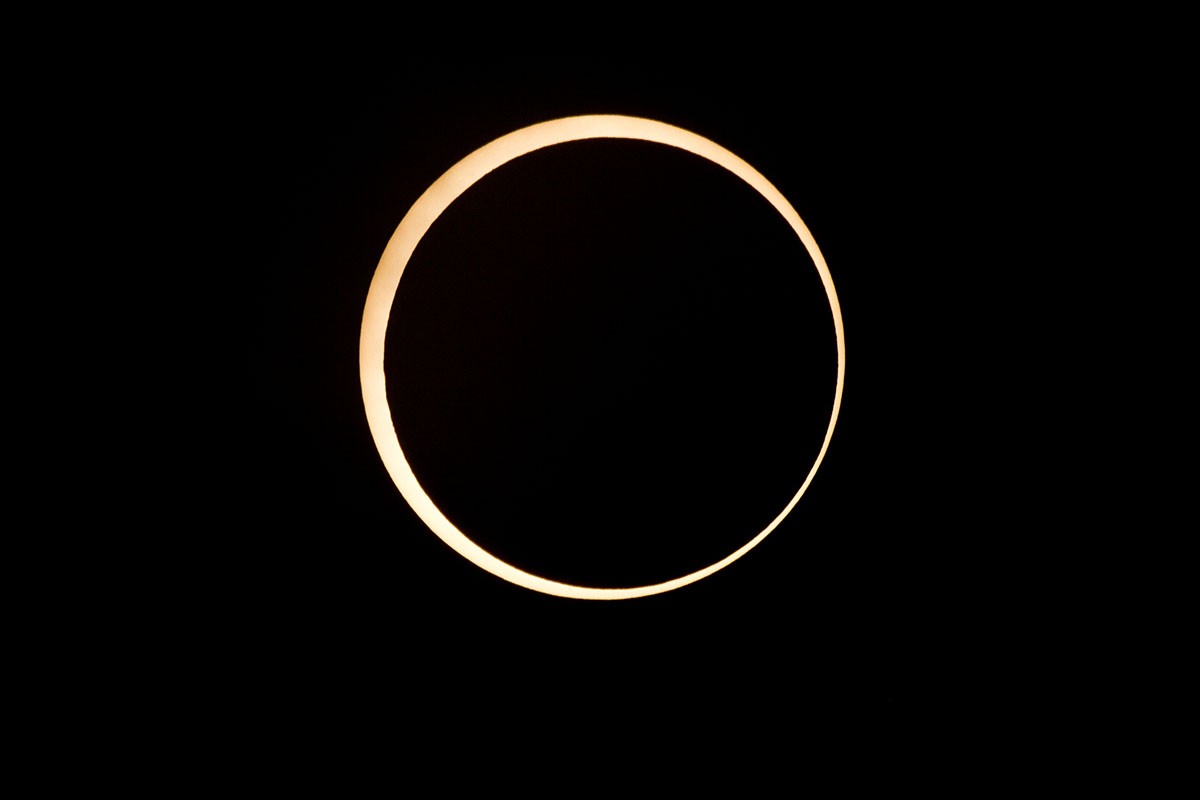
An annular solar eclipse happens when the moon passes between Earth and the sun. It occurs when the moon is at or close to its farthest point from Earth, which is also known as apogee. Since the moon is farther away, it appears smaller than the sun and will not completely cover the entire sun during the eclipse.
Why Is It Called ‘Ring of Fire?’
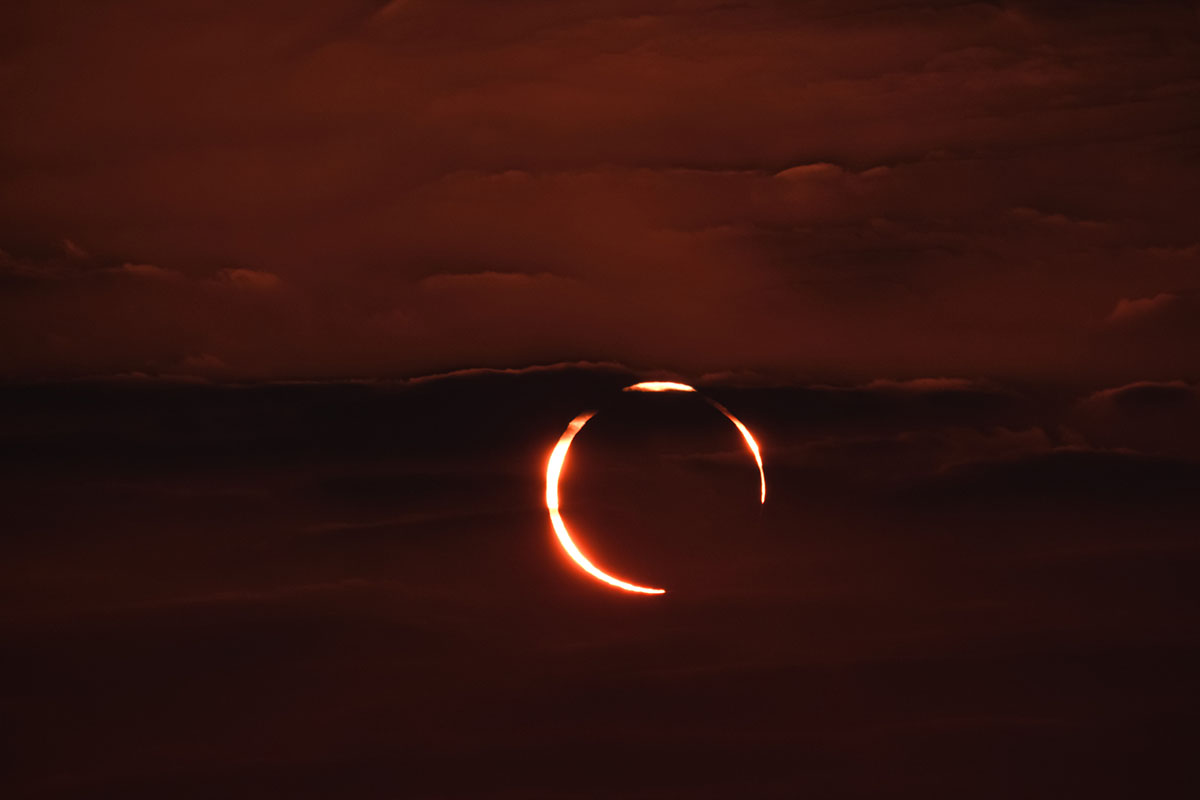
During an annular solar eclipse, the moon appears to be a dark disk on top of a brighter and larger disk (the sun), creating what looks like a ring around the moon. Essentially, the sun’s light surrounds the moon’s shadow, creating what is referred to as a “ring of fire.”
What Are Some Safe Viewing Tips?
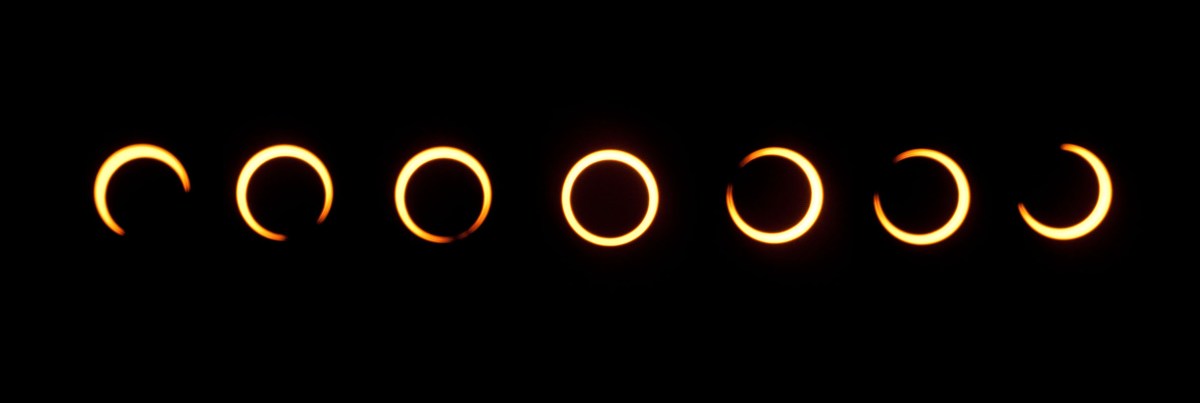
To view the “ring of fire” eclipse safely, you will need a handheld solar viewer or special solar filters (eclipse glasses). According to the National Park Service, the only safe time to look at the sun is during the 2-4 minutes of the eclipse.
You may also create a pinhole camera for safe eclipse viewing. NASA has great directions for creating one out of common household items.
Here are four viewing tips from the National Park Service:
- Inspect your solar filter before use. If scratched or damaged, discard the filter and find a new one. If the filter is from before 2015, do not use it. Look for these things for a good filter:
- An ISO 12312-2:2015 certification
- The manufacturer’s name and address printed somewhere on the product
- Put on your eclipse glasses or hold your hand-held solar viewer up to your eyes before looking at the sun.
- After viewing the sun through your solar filter, turn your eyes away from the sun before removing the filter. Do not remove your solar filter while still looking at the sun.
- If you are within the path of totality, you can remove your solar filter only when the moon completely covers the sun’s face and it suddenly gets very dark. As soon as the bright sun begins to reappear, reapply your solar viewer to glance at the remaining partial phases.
Where Can I See the ‘Ring of Fire’ Eclipse?
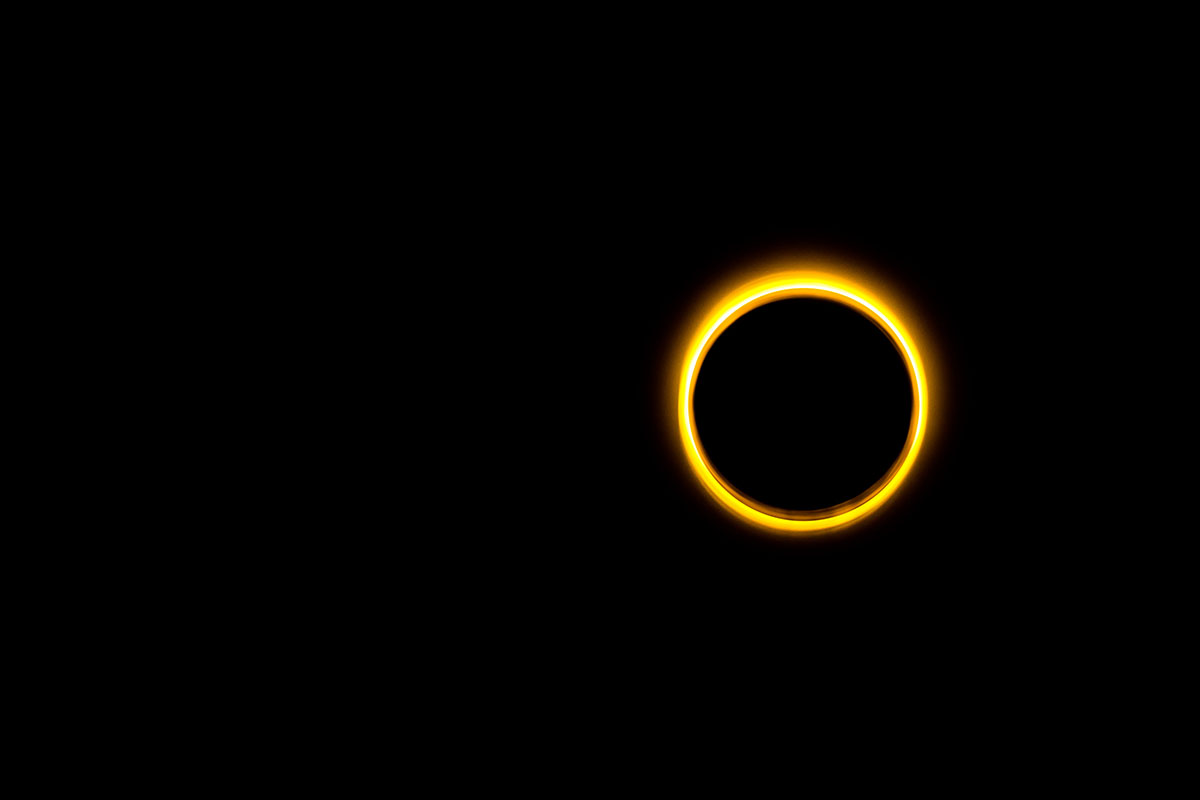
While most of North, South, and Central America will see a partial eclipse, sections of U.S. states in the annular area will witness the “ring of fire.” The eclipse’s path, or its annularity, is 118-137 miles (190-220 kilometers) wide. It stretches from Oregon into northern California, northeast Nevada, central Utah, southwest Colorado, central New Mexico, and ends in southern Texas. Although Earth rotates west to east, it rotates eastward on its axis, so solar eclipses move eastward instead of westward. The observer’s location determines the degree to which the moon will block the sun. The closer the observer is to the umbra (the darker inner shadow of the moon), the longer the sun will be obscured, leading to a longer eclipse time.
This annular eclipse happens to be traveling along a path that passes by a large number of national parks and monuments, making it a special time for outdoor enthusiasts. Some monuments and parks, including Mesa Verde, Crater Lake, and Great Basin, will have viewing events, while others will just serve as a place for great viewing.
Places with the shortest annularity viewing time, including Canyonlands, may also witness Bailey’s Beads—small beads of light that fizz around the edge of the moon right before or after the “ring of fire.”
Here are some specific locations to view the annular eclipse:
- Aztec Ruins National Monument
- Bears Ears National Monument
- Bryce Canyon National Park
- Canyonlands National Park
- Canyon de Chelly National Monument
- Canyon of the Ancients National Monument
- Crater Lake National Park
- Grand Staircase-Escalante National Monument
- Glen Canyon National Recreation Area
- Great Basin National Park
- Hoveneweep National Monument
- Kodachrome Basin State Park
- Lava Beds National Monument
- Mesa Verde National Park
- Natural Bridges National Monument
- Navajo National Monument
- Padre Island National Seashore
- Petroglyph National Monument
- Rainbow Bridge National Monument
- Salinas Pueblo Missions National Monument
- San Antonio Missions National Historical Park
- Tule Lake National Monument
- Yucca House Monument
There are places beyond national parks and monuments that are hosting viewing events. Some of those include:
- Albuquerque International Balloon Fiesta – NM
- Grants New Mexico – NM
- Grapetown Vineyard – TX
- Hill Country Arts (Stonehedge II) – TX
- San Juan Mountains Association – CO
- U.S. Olympic and Paralympic Museum – CO
Future Eclipses to Know About
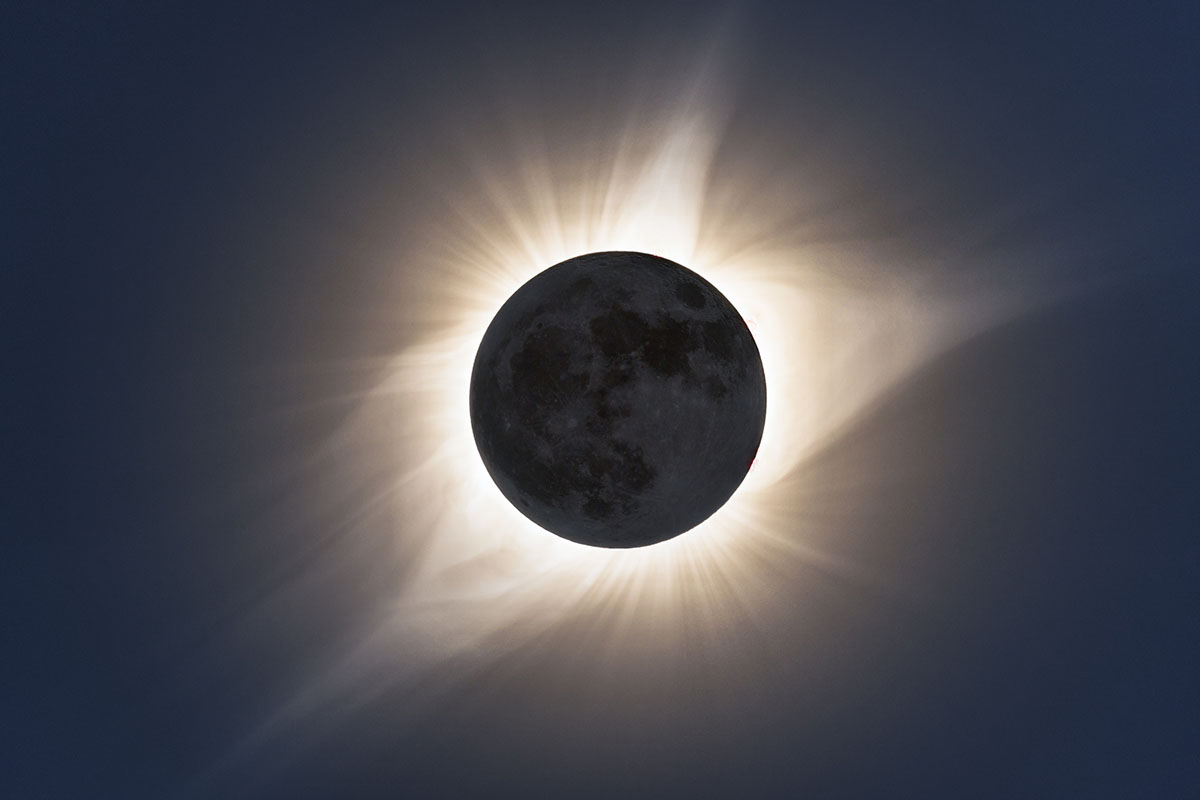
The United States will experience other types of solar eclipses in the coming years, including:
- Total solar eclipse, viewable in parts of United States, Mexico, and Canada – April 8, 2024
- Total solar eclipse, viewable in the United States – August 23, 2044
Do you plan to safely view the annular solar eclipse this year? Tell us where below.


